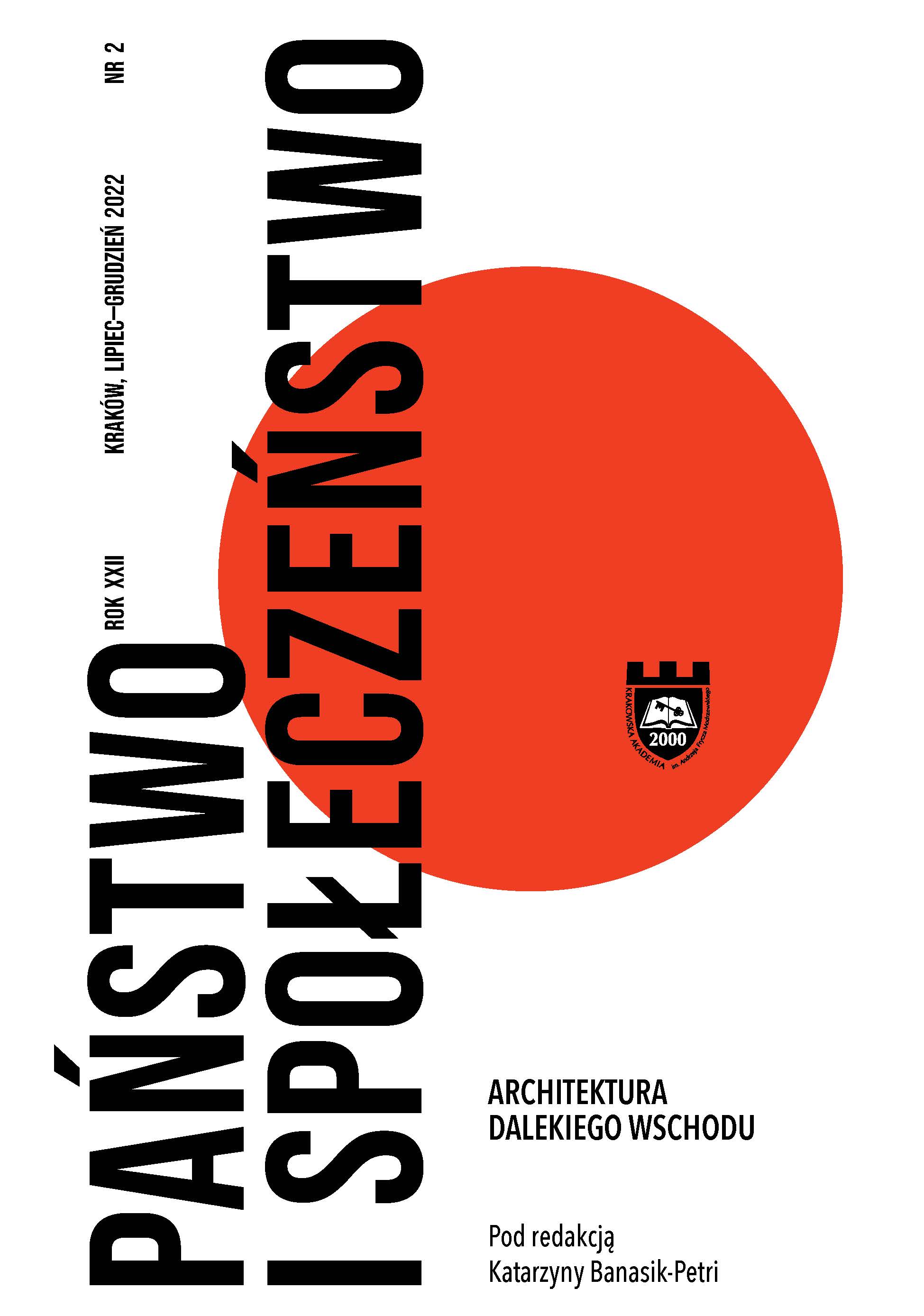Od Mangghi do Meduzy. Japońskie inspiracje w nowej architekturze polskiej
From Manggha to Medusa. Japanese inspirations in new Polish architecture
Author(s): Marta A. UrbańskaSubject(s): History, Fine Arts / Performing Arts, Architecture, Regional Geography
Published by: Oficyna Wydawnicza KA AFM
Keywords: Manggha Museum; Japan; architecture; Poland
Summary/Abstract: Feliks „Manggha” Jasieński, the pre-eminent collector of Japanese artefacts, had shown the art of the Land of the Cherry Blossom and made it accessible for the generation of the artists of Young Poland. Those influences are well known. In the opinion of the authoress of this article, the Japanese architect Arata Isozaki played a similar, inspiring role a hundred years later. „Manggha” prefered visual arts and inspired them, whereby Isozaki influenced architecture, by means of his museum design in Kraków. It seems that the character of the new Japanese architecture still influences the best buildings recently completed in Poland. The article describes a few ones which show an interesting way of thinking. Even if it was quite original (i.e. when architects hold that they were not directly inspired by the examples from Japan), it was first manifested, as a topos, in Japan. Therefore, the following questions arise: is the culture of Japan, with its admiration of subtle beauty and respect for nature, universal? Does it have its place also in Poland? The authoress shall aim at answering those questions on the basis of an analysis of context and aesthetics of architecture.
Journal: Państwo i Społeczeństwo
- Issue Year: XXII/2022
- Issue No: 2
- Page Range: 225-239
- Page Count: 15
- Language: Polish

